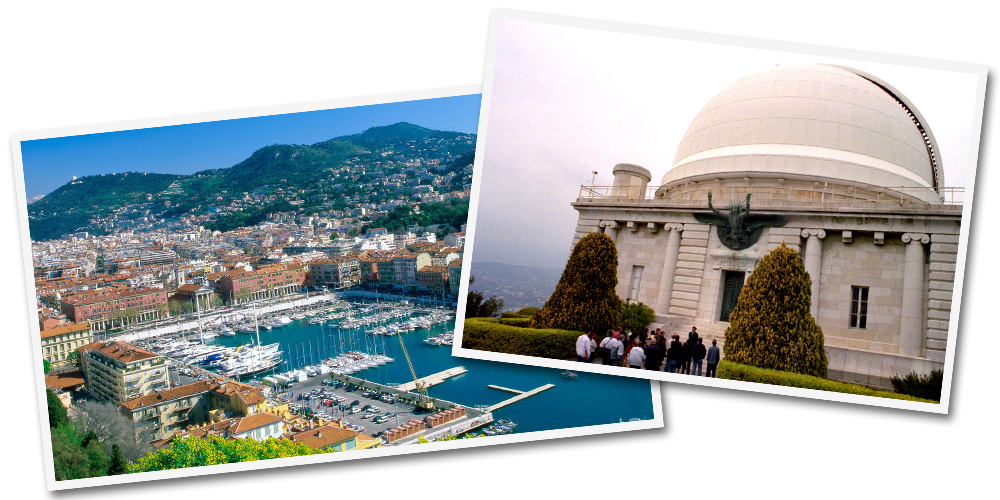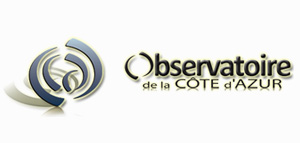The Observatoire de la Côte d'Azur is the second leading observatory in France, with a broad research scope including theoretical and experimental astrophysics (observations and instrument development), and geophysics/geodesy as well. Within the Nice region, the OCA is responsible for a Centre of Excellence project in Earth and Universe Sciences, one of the first of its kind in France. The project is run in close collaboration with the University of Nice Sophia Antipolis (UNS), the National Center for Scientific Research (Centre National de la Recherche Scientifique – CNRS) and the Institute for Research and Development (Institut de Recherche et de Développement – IRD).
The OCA is involved in several technological challenges, such as the development of instrumentation for the current and next generation of telescopes, thanks in particular to its long tradition of expertise in interferometry and high-contrast imaging.
The Laboratoire Joseph-Louis Lagrange – UMR CNRS 7293 is part of Observatoire de la Côte d'Azur and constitutes an unique example of merging of modelling and observational skills, with a particularly strong implication in frontier techniques of numerical simulations. The planetology team is internationally known for its achievements in the domains of planet formation and dynamical evolution, collisional evolution of asteroids, exoplanet origin, modelling of asteroid physical properties. In the frame of the wider scope of Laboratoire Lagrange the planetology team will grow acquiring members working on observational studies of exoplanets and young stellar environments.

Dr. Paolo Tanga is science manager at Laboratoire Lagrange of Nice Observatory. Dr. Tanga works on the physical properties of Solar System objects (asteroids in particular) and is author of the first version of the software for analysing the images of the aureole of Venus. He has a specific expertise on large scale numerical simulations for modelling asteroid properties (shapes, rotation) and dynamics of solids in protoplanetary disks. He coordinates the implementation of the pipeline for reducing the Solar System observations that will be obtained by the Gaia mission (ESA). For this task, he is the deputy manager of the Coordination Unit n.4 of the Gaia Data Processing and Analysis Consortium (DPAC). He also coordinates the activities concerning Solar System science in the frame of the European network GREAT (Gaia Research for European Astronomy Training). Dr. Tanga exploited observational data obtained though major facilities (VLTI, Hubble Space Telescope, etc.) and was also member of the Time Allocation Committee of the Canada- French Hawaii Telescope. He is a reviewer for several scientific journals, including Icarus, Astronomy and Astrophysics, Planetary and Space Science.




